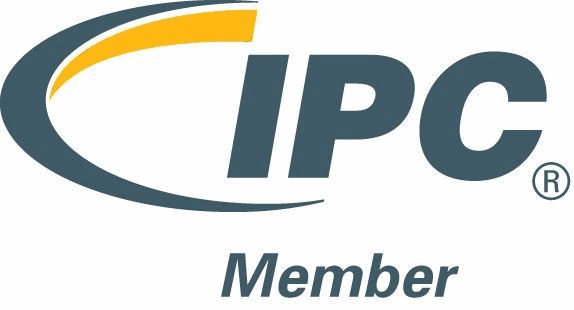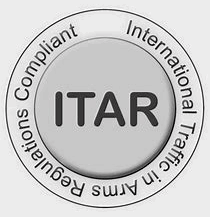Because the task of soldering often leaves behind unwanted flux residue, thorough cleaning techniques are necessary for the PCB manufacturing and assembly process. Precision electronic assemblers fulfill their mission to produce reliable products when they communicate with customers to ensure that they fully understand their quality expectations. Explore how the leading contract manufacturers increase PCBA reliability by consistently investing in the PCB cleaning process.
Eliminating Flux Residue
There are a couple of methods that can be implemented during PCB assembly to remove unwanted flux residue before it becomes an issue for the end-product’s useability. First, and perhaps most common, a no-clean solder paste can be used in some instances to reduce the amount of cleaning for a given assembly. The other option for eliminating flux residue is to take advantage of a solvent or cleaning solution made specifically for PCB flux. Both of these methods will positively affect the printed circuit board, improving its ability to avoid electrical shorts and to reduce risks of flux contamination.
Properly Cleaned and Properly Tested
Because the cleanliness of a printed circuit board assembly is directly correlated to its reliability, an experienced contract manufacturer will know that it is not enough to merely clean their PCBAs— they must also run comprehensive tests to verify that the cleaning process was effective. The most common tests used for cleanliness inspection are SIR and ion chromatography.
SIR testing, also known as Surface Insulation Resistance, is regulated by industry-leading quality assurance programs like the IPC. Under the IPC, SIR is defined as being a method of inspecting the electrical resistance of PCBAs and individual components. SIR can detect a product’s ability to avoid current leakages resulting from leftover flux residue.
Ion chromatography, on the other hand, approaches PCB cleanliness from a different angle. This testing method works by taking a sample from a localized section of an assembly and analyzing it for any troubling ions present.
If the test comes back with less than ideal results, such as the amount of ionic materials being past the maximum recommended threshold, then printed circuit board assemblers are able to check the data collected to learn which ions, in particular, are causing issues and take the necessary steps to re-clean. It is important to maintain benign levels of contamination, because the alternative is known to decrease the conductor resistance for electrical insulation, resulting in PCBA failure.
PCBA Contamination and Conformal Coating
Another area where board cleanliness is of utmost importance is conformal coating. Conformal coating is a thin layer of protective film applied directly to the circuit board and components that will protect against moisture, dust, etc. It is recommended for harsh environments and is a process in which preparation and proper board cleanliness can make all the difference. Two of the most common issues experienced are de-wetting and delamination. Both detriments to quality are caused by board contamination like flux residues, fingerprints, process oils etc. Following best practices to ensure adequate board cleanliness will avoid unnecessary (and costly) mistakes during the conformal coating process.
Meeting Industry Expectations by Maintaining IPC Standards
Industry standard organizations for clean, quality printed circuit board assemblies include the IPC. This organization not only serves to regulate electronic manufacturing, they also have evolved over the years to meet the ever-changing expectations of innovative customers. For example, as PCBA use in the medical industry has expanded, the IPC developed a specific regulation for this sector, implementing higher standards for the process of preventing or removing ionic contamination.
Meeting the Cleanliness Standards of our Customers
As you can see, cleanliness is integral for printed circuit board assembly. Customers who need assembly services to complete “mission critical” projects are particularly dependent on their contract manufacturers, requiring the utmost quality to ensure their product can endure the harshest environments without failure. By working alongside our customers, MPL makes certain that we meet all reliability expectations and maintain exceptional RMA percentages year after year.




